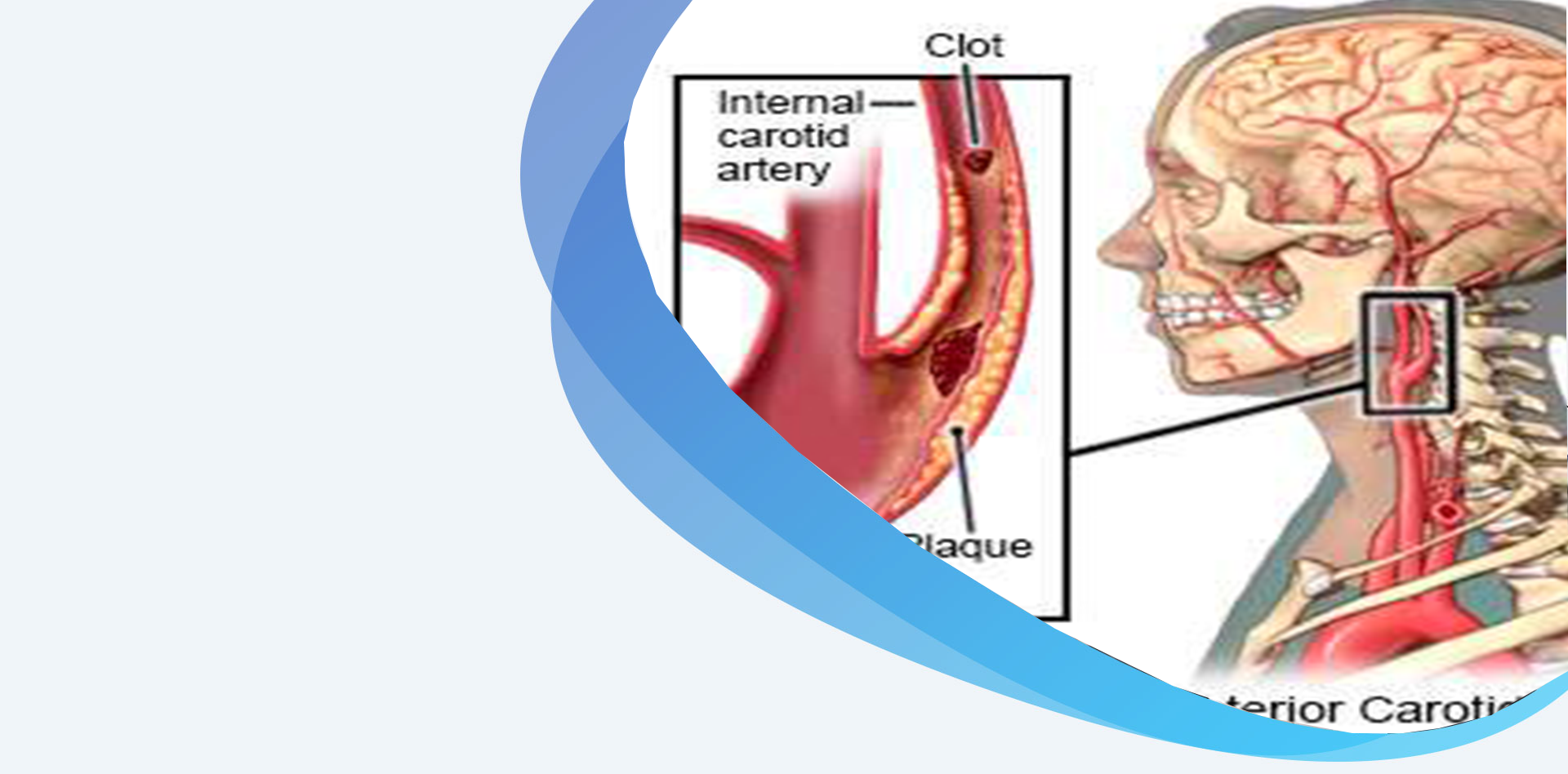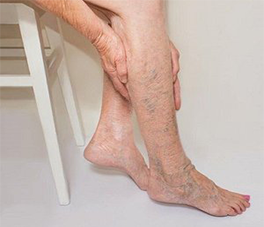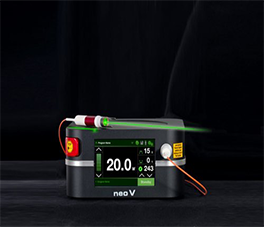Carotid Artery Disease


The carotid arteries are the main arteries in your neck that supply blood to your brain. A substance called plaque accumulates inside your arteries as you age. If too much plaque builds up in your carotid artery, it can cause the artery to narrow (carotid stenosis). Small clots can form, then break off and travel to the brain, causing a minor or major stroke.
Up to 3% of individuals older than 65 have carotid artery disease. Your risk increases as you age, and is heightened if you have a history of smoking, high blood pressure, high cholesterol, diabetes or heart disease. Carotid stenosis is responsible for up to one-third of all strokes. Stroke causes 1 in every 15 deaths. About 700,000 strokes occur every year, usually in men.
If you develop carotid artery disease, you will need regular carotid artery ultrasound tests.

Most people with carotid artery disease, even with severe blockage, experience no symptoms. The condition is found in a routine physical or ophthalmological examination, or is found following a stroke.
Very rarely, carotid artery disease may cause ringing in the ears or fainting due to decreased blood flow to the brain. Neck pain is not a symptom of carotid artery disease.
The first signs of carotid artery disease may be a stroke, mini-stroke or TIA symptoms, such as weakness or numbness on one side of your body. You may also experience slurred speech or facial drooping
The most common cause is a build-up of plaque in the carotid arteries due to multiple risk factors, such as a history of smoking, high cholesterol, high blood pressure and diabetes. This is the same type of plaque that forms in the heart and causes heart attacks.
In rare cases, carotid artery may narrow due to inflammation.

Routine physical exams include the physician using a stethoscope to listen to your heart and certain blood vessels. A whistling sound or "bruit" coming from the carotid artery may indicate plaque is building up inside the artery and lead your doctor to recommend you see a vascular surgeon.
May also be detected during an eye examination if your doctor detects a plaque in the artery that supplies the retina.
You will be asked questions about symptoms and medical history, including questions about family members. The vascular surgeon will also perform a physical exam.

Treatment for carotid artery disease is given to reduce the possibility of stroke or recurrence of stroke. Specifics depend on the degree of artery narrowing.

Here are ways to slow the progression of carotid artery disease: